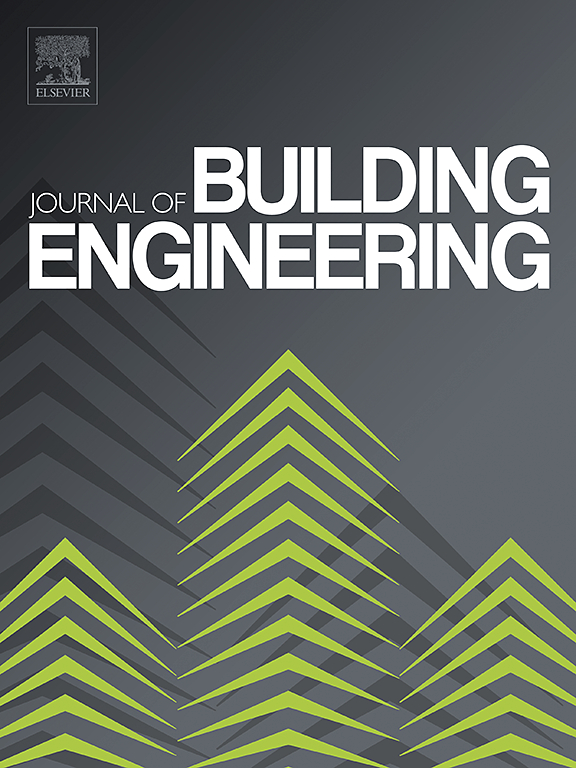Experimental study on spatial joint of prefabricated steel reinforced concrete multi-floored grain warehouse
IF 6.7
2区 工程技术
Q1 CONSTRUCTION & BUILDING TECHNOLOGY
引用次数: 0
Abstract
As a new type of grain storage facility, multi-floored grain warehouses (MGWs) are widely used in China due to their effective space utilization and large storage capacity. However, the current of construction cast-in-place reinforced concrete (RC) MGW is faced with numerous challenges, such as the labor shortages and limited natural resources. To optimize the structural form of MGW and effectively reduce the amount of on-site wet work, a new prefabricated steel reinforced concrete (SRC) beam-column-slab joint connection and construction method suitable for MGW is proposed. In the experiment, different grain loading conditions are used as parameters to reflect real stress conditions in the MGW. On this basis, three prefabricated SRC spatial joint specimens are designed, fabricated, and subjected to cyclic loading tests. The main research focuses on failure modes, hysteretic characteristics, load-bearing capacity, ductility, energy dissipation, and stiffness degradation under single-sided grain loading conditions. The test results show that the shape of the hysteresis curves of the specimens is consistent under different conditions, with beam-end plastic hinge failure as the primary mode. Cracks in the columns and beams intensified, the slope of the skeleton curve’s strengthening segment decreases, and load-bearing capacity decays faster from empty to full storage conditions. The peak load and peak displacement under full storage conditions are reduced by 10.8 % and 15.7 %, respectively, compared to empty storage conditions. Based on the skeleton curve and stiffness degradation models, a hysteretic model for the prefabricated SRC beam-column joints is established and validated through finite element analysis (FEA) model and experimental results. It can be concluded that the proposed model can produce reasonable predictions of load-displacement relationship of SRC MGW.
求助全文
约1分钟内获得全文
求助全文
来源期刊

Journal of building engineering
Engineering-Civil and Structural Engineering
CiteScore
10.00
自引率
12.50%
发文量
1901
审稿时长
35 days
期刊介绍:
The Journal of Building Engineering is an interdisciplinary journal that covers all aspects of science and technology concerned with the whole life cycle of the built environment; from the design phase through to construction, operation, performance, maintenance and its deterioration.
 求助内容:
求助内容: 应助结果提醒方式:
应助结果提醒方式:


